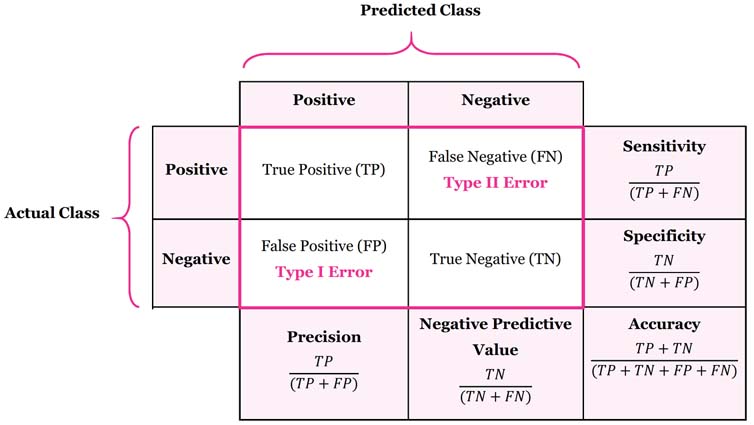(last updated: 3/24)
- Setup model via
KERASmethods - Deep learning model option: DNN(Deep neural network) or
CNN(convolution neural network) - Evaluate performance & compare 10 prediction results.
- Details of question:
- Classification problem
- Flower datasets (5 classes)
-
Environment (settings)
- Miniconda virtual environment
- M1 PRO (MPS)
- Tensorflow version == 2.10.0
- Python version == 3.8.13
-
Workflow
-
Datasets split ratio is 7:2:1
- Training: 3942, Testing: 830, Validation: 1569 (numbers of image)
- via splitfolder
- split datasets into three folders respectively
splitfolders.ratio('./datasets/', './split_datasets/', seed=1337, ratio=(0.7,0.2,0.1))
-
Model Ariitecture & compile parameters
-
Epochs, Batch size = (200, 32)
Epochs: the number times that the learning algorithm will work through the entire training dataset.
Batch size: a number of samples processed before the model is updated
-
optimizer: adam
-
loss function: categorical_crossentropy
-
Convolution neural network (CNN) aritechure
-
Training log (Accuracy vs loss)
During the training process, I add dropout layer and image augmentation to avoid overfitting, which can observed by the trend of either accuracy or loss curve.
-
-
-
Multi-class classification proformance evalulation
-
Avg accuracy: 89.27%
-
Random pick 15 of the test set, return 15 prediction correct
Most of the picture can be predicted correctly!
-
Confusion matrix
Result calculated from my CNN model. We can observed among four classes classification, every classes have no significant difference.
-
Performance (tensorflow labraries built-in library)
precision recall f1-score support daisy(0) 0.96 0.87 0.91 147 dendelion(1) 0.89 0.92 0.90 200 rose(2) 0.85 0.87 0.86 151 sunflower(3) 0.85 0.92 0.89 140 tulip(4) 0.91 0.89 0.90 192 accuracy 0.89 830 macro avg 0.89 0.89 0.89 830 weighted avg 0.89 0.88 0.89 830 -
Remarks (Definitions):
Accuracy Score = (TP + TN) / (TP + TN + FP + FN) Precision = TP / (TP + FP) Recall = TP / (TP + FN) F1 = 2*Precision*Recall / (Precision + Recall)-
Macro averaged precision: calculate precision for all classes individually and then average them
-
Micro averaged precision: calculate class wise true positive and false positive and then use that to calculate overall precision
Cited from Kaggle
-
-
-
Reference




